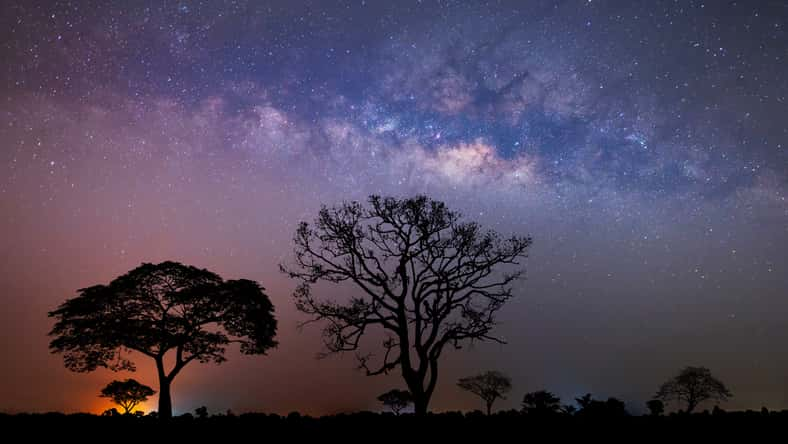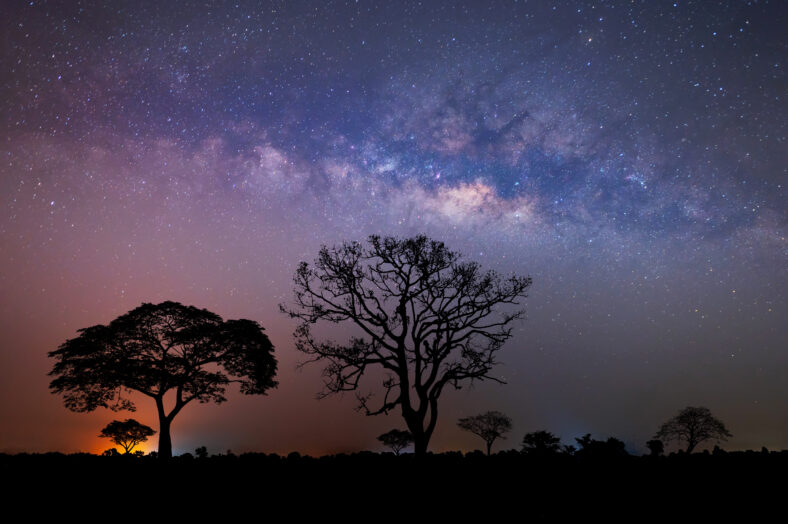A Supermassive Black Hole In The Milky Way Is Spitting Out A Constant Stream Of Strange Flares

The Milky Way’s central supermassive black hole, Sagittarius A*, is 26,000 light-years away from us. It is four million times the mass of the sun and 14.6 million miles wide.
New observations from the James Webb Space Telescope (JWST) have revealed unusual activity in this monstrous black hole.
The findings could help scientists learn more about the nature of black holes and how they shape their surroundings.
Apparently, Sagittarius A* is spitting out a constant stream of mysterious flares erupting from the gas swirling around its mouth.
The activity occurs across a wide span of time. Some of the flares are faint flickers that last a few seconds to a few months, while others are brighter and stronger.
“Flares are expected to happen in essentially all supermassive black holes, but our black hole is unique,” said Farhad Yusef-Zadeh, the lead author of the study and an astronomer at Northwestern University.
“It is always bubbling with activity and never seems to reach a steady state. We observed the black hole multiple times throughout 2023 and 2024, and we noticed changes in every observation. We saw something different each time, which is really remarkable. Nothing ever stayed the same.”
Sagittarius A* is powerful, sucking matter in and spitting it out at nearly the speed of light. It is thought that the black hole started out much like others. It was born from the collapse of a giant star or gas cloud.
After that, it fed on anything that came too close. It swelled to an immense size and gained the ability to feed on other supermassive black holes.

Sign up for Chip Chick’s newsletter and get stories like this delivered to your inbox.
The team of astronomers used the JWST’s near-infrared camera (NIRCam) instrument to observe Sagittarius A* for a total of 48 hours to determine how it evolved over time.
They had expected to see flares, but the black hole was far more active than they assumed. It launched fireworks of five to six big flares per day, with several smaller flares in between.
“In our data, we saw constantly changing, bubbling brightness,” said Yusef-Zadeh. “And then boom! A big burst of brightness suddenly popped up. Then, it calmed down again. We couldn’t find a pattern in this activity. It appears to be random. The activity profile of the black hole was new and exciting every time that we looked at it.”
The cause of the flares is unclear. However, the astronomers suggested that the eruptions could be the result of two different processes. The small flares could be from fluctuations that compress the swirling material in the black hole’s accretion disk.
The larger flares might emerge from magnetic field lines clashing within the accretion disk, releasing energy that accelerates away at almost the speed of light.
The team hopes to use JWST to observe Sagittarius A* for an uninterrupted 24-hour period. Their latest research was published in The Astrophysical Journal Letters.
More About:News